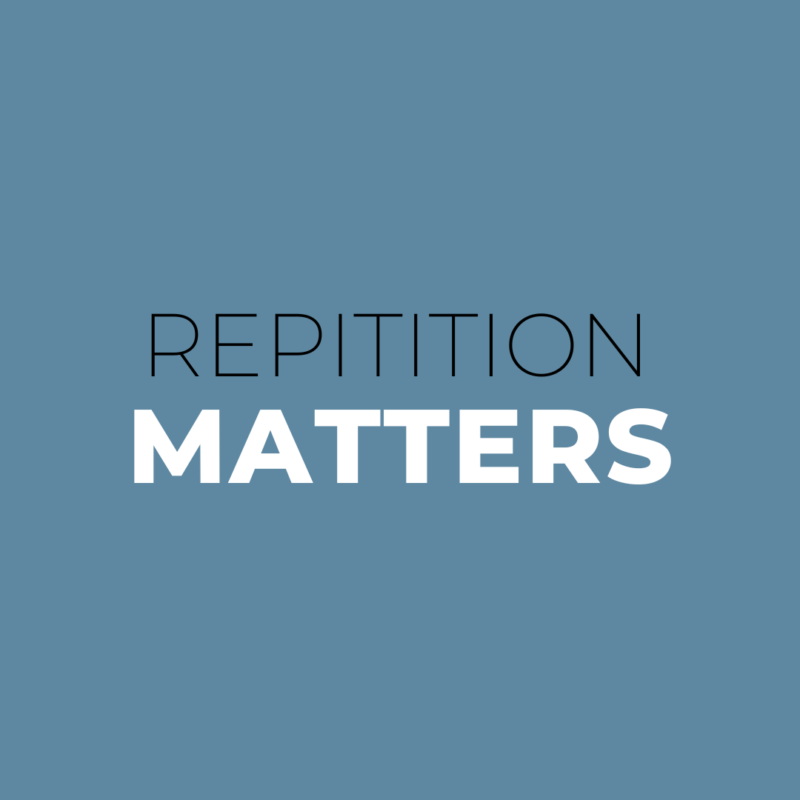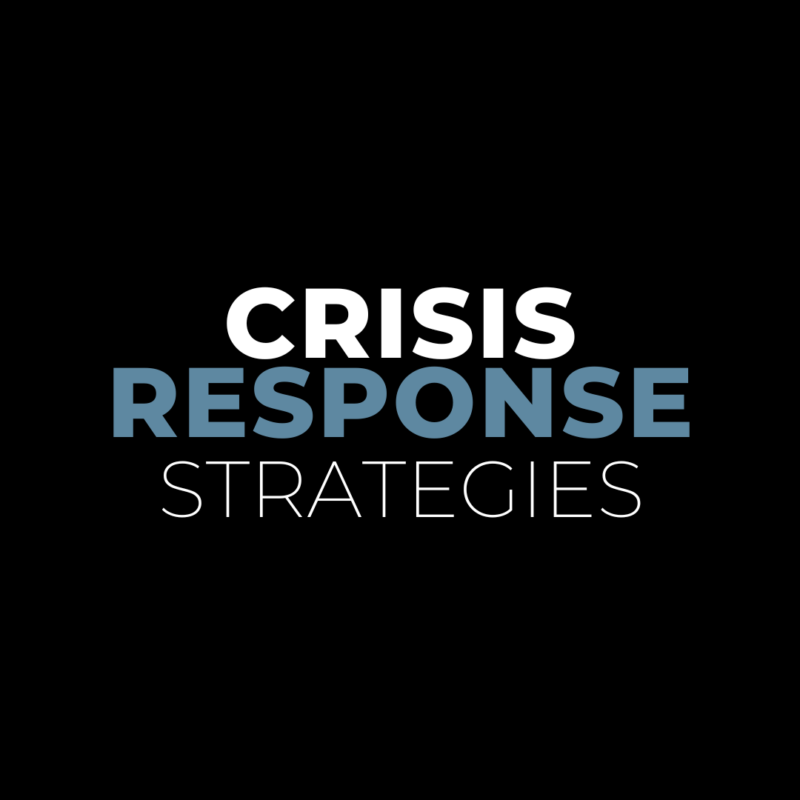Relevant AP Style changes to incorporate into your writing
The Associated Press Stylebook is an ever-evolving style and grammar guide used by journalists and PR pros, alike. It’s often referred to as the “Bible for professional communicators,” as it definitively (for the most part) sets the standards for language usage within our professions.
As the world changes, so does the AP Stylebook. So, the highlighted entries in your 1998 edition from freshman-year journalism may no longer apply. You’ll find some of the newest changes to the stylebook listed below.
Lose the hyphens
Several terms that once required hyphens are now hyphen-free! Some of these include, “2D”, “3D,” and “VR” (virtual reality). As an added bonus, you can now use number and letter combinations to begin a sentence. However, “VR” should only be used on second mention.
“Email,” “esports” and “website” also lost their hyphens in the updated Stylebook.
Emoji
The term, “emoji” is a plurale tantum, meaning it does not have a plural form (like “glasses”). It should only be capitalized if it starts the sentence.
Here’s an example from AP: “Chavis sparked a flurry of responses against the airline after tweeting a GIF of large crowds at the gate, with the message “#missinghoneymoon” and an emoji string of a worried smiley, a ring, an hourglass and an umbrella propped on a beach.”
Coworking vs. Co-worker
Co-workers are colleagues who work at the same organization, while coworking can be accomplished by sharing a workspace and amenities with other independent, or self-employed workers.
New on the menu
Foodies rejoice! The AP Stylebook now includes a fresh new menu of foods, including definitions and acceptable terminology and spelling.
Some of the new items on the menu include: matcha, chorizo, ahi, soba, churros, dressing/stuffing, udon, among others.
Gender and pronouns
The stylebook now recognizes that gender does not equal (≠) sex, but rather refers to a person’s identity. It also recognizes that not all people fall under one of the two categories for sex or gender, as defined by leading medical organizations. With this in mind, writers need to avoid using “both,” “either” or “opposite” sexes or genders as a way to comprise all people.
It’s now also considered inaccurate to call people under the age of 18 “men” or “women,” just as it is inappropriate to call those above 18, “boys” or “girls.”
Finally, “He/him/his” is no longer accepted as a gender-neutral term, and “they” can now be used as a singular pronoun.
Biracial, multiracial
You can use terms like “biracial” and “multiracial,” if relevant when discussing a person or group with more than one racial heritage. Although, this language is most useful when describing large, diverse groups of people.
Note that bi- describes up to two, while multi- describes two or more, be specific and use accordingly.
“Fake news”
Use quotations and don’t attempt to label a specific, disputed topic as this. AP suggests presenting all of the information, noting what’s factual and what’s not true. This means responsible journalism requires fact-checking and receipt gathering!
Because our culture is constantly changing, the AP Stylebook is useful in keeping up with appropriate language and style. That’s why it’s important for professional communicators to remain up to date with new changes and incorporate them into their writing.
You can purchase the 2018 AP stylebook here.



